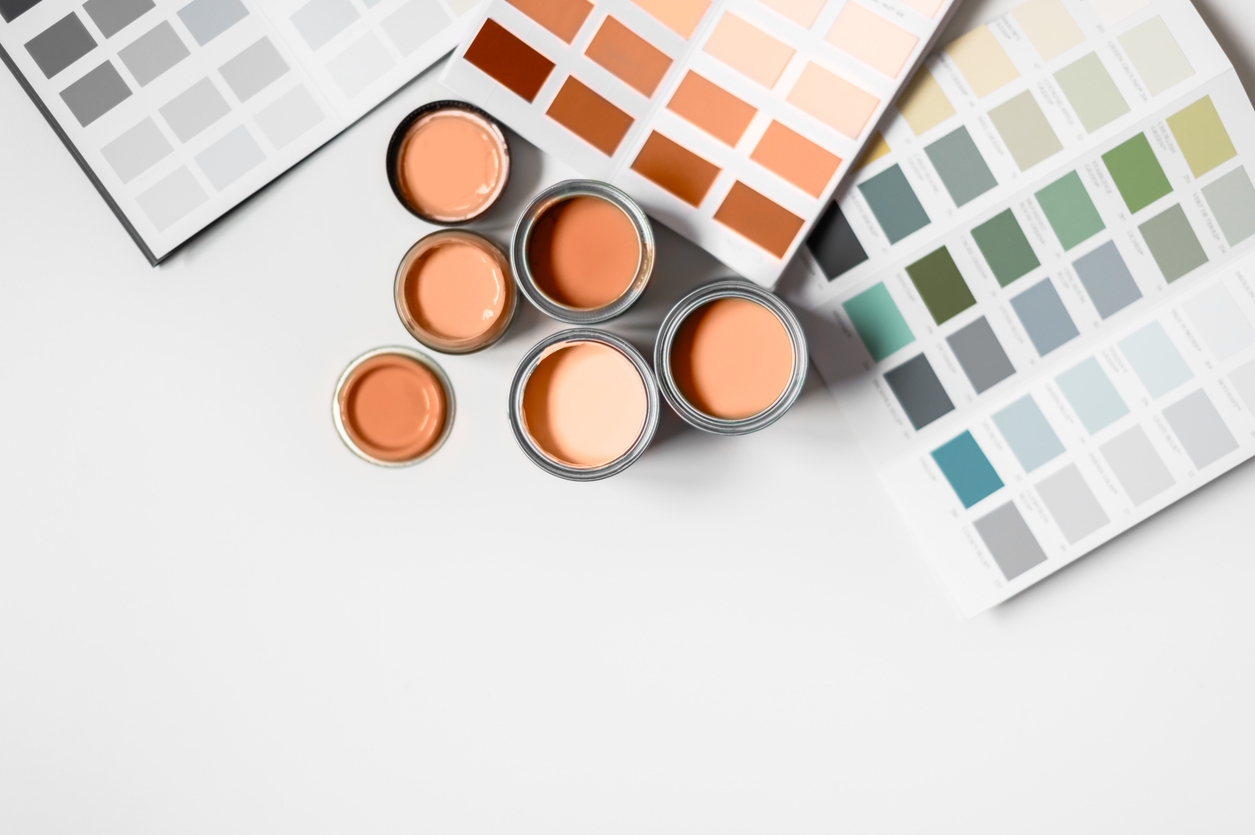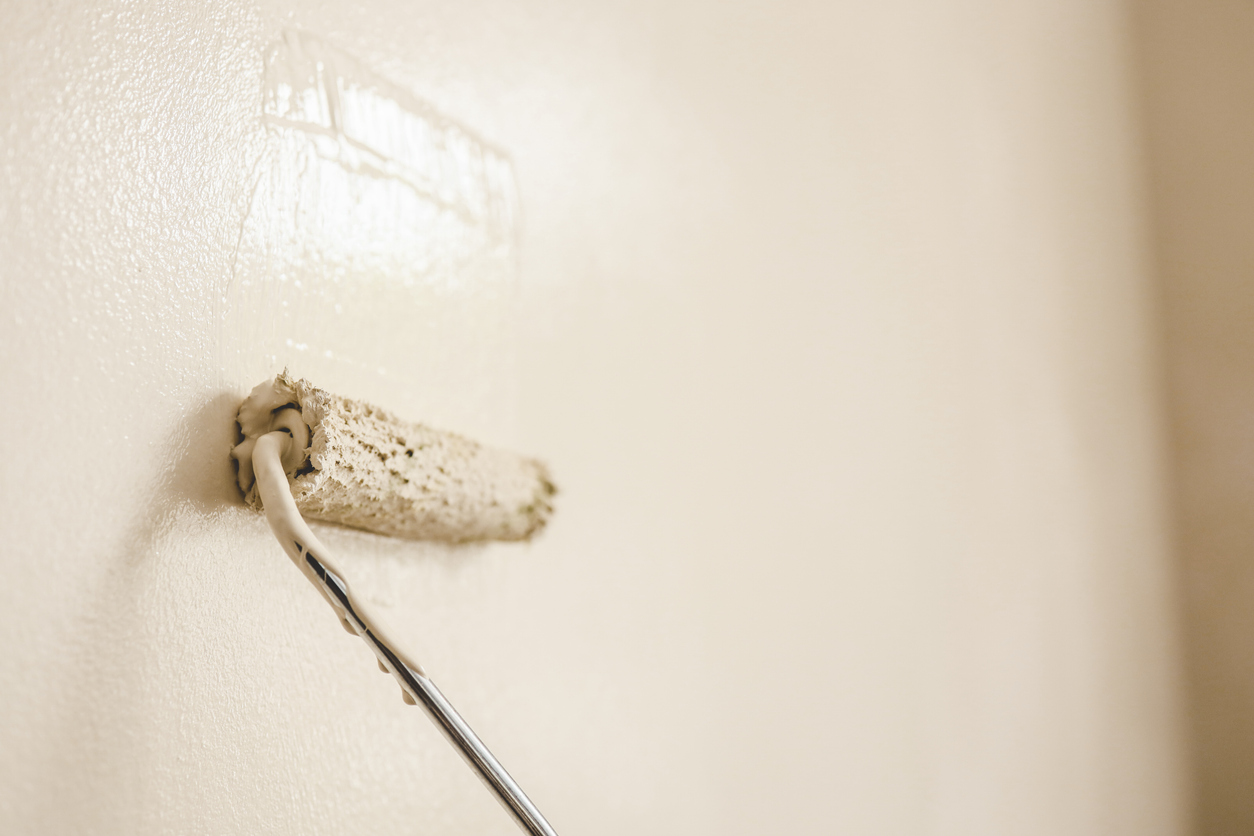Keeping your interior paint looking fresh can be a challenge for home owners in the San Ramon, Dublin, Pleasanton, Livermore, and Danville areas. Over time, walls can show signs of wear and tear, making your home look less appealing. However, there are ways to help your interior paint last longer. In this article, we will share practical tips and techniques to extend the life of your paint job.
Proper Surface Preparation
Proper surface preparation is key to making your interior paint last longer. Have a look at these tips for proper surface preparation:
- Clean the Walls: Remove dirt, dust, and grease by using a mild detergent and water to wash the surfaces.
- Repair Damages: Fill in any holes or cracks with spackle or putty. Once it’s dry, sand the area smooth.
- Sand the Walls: Lightly sand the entire surface to create a texture that the paint can adhere to. Use fine-grit sandpaper for best results.
- Remove Old Paint: If the old paint is peeling or flaking, scrape it off. Use a paint scraper or sandpaper to remove loose paint.
- Prime the Walls: Apply a coat of primer to the walls. Primer helps the paint adhere better and covers any stains or dark colors.
- Tape Off Areas: Use painter’s tape to protect trim, windows, and other areas you don’t want to be painted. This helps create clean lines and a professional look.
Use High-Quality Paint
Using high-quality paint is a smart investment for your home. Good paint provides better coverage, lasts longer, and resists wear and tear. It often requires fewer coats, saving you time and effort. High-quality paint also tends to have better pigments, resulting in richer and more vibrant colors.
Additionally, it is more resistant to fading, staining, and mildew, keeping your walls looking fresh and clean. When choosing paint, consider reputable brands known for their durability and performance. Spending a little more on quality paint can save you money and hassle in the long run.
Apply Primer
Primer helps the paint adhere better to the surface and provides a uniform base for the paint color. It also covers up any stains, dark colors, or imperfections on the wall, thus creating a smoother and more even finish.
When you use primer, the paint will go on more evenly and require fewer coats, which can save you time and money. Choose a primer that is appropriate for your wall type, whether it’s drywall, plaster, or wood. Allow the primer to dry completely before applying your paint to achieve the best results.
Correct Painting Techniques
Using the correct painting techniques can be beneficial for the quality and durability of the interior paint. Below are useful techniques to keep in mind:
Use the Right Brush or Roller
It is important to choose the right brush or roller for the job. Use a high-quality brush for detailed work and a roller for larger areas. This helps achieve a smoother and more consistent application of paint.
Apply Thin Coats
Applying thin coats of paint rather than thick ones can prevent drips and uneven coverage. Let each coat dry completely before applying the next one. This method builds up the color gradually and more evenly.
Paint in Sections
Divide the wall into sections and paint one section at a time. This technique helps maintain a wet edge, reducing the chances of lap marks. Start from the top and work your way down to ensure a uniform finish.
Use a Paint Grid
Using a paint grid instead of a tray can help load the roller evenly with paint. A paint grid allows excess paint to be removed, reducing drips and providing better control during application.
Cut In First
“Cutting in” refers to painting the edges and corners of the wall with a brush before using a roller on the larger areas. This creates a clean line around the edges and makes it easier to blend the paint with the roller application.
Maintain a Wet Edge
Keeping a wet edge while painting helps to blend each stroke into the next. This prevents visible lines and ensures a smooth finish. Work quickly and in small sections to keep the paint from drying too soon.
Control Humidity and Temperature
Controlling humidity and temperature is important for a successful paint job. Proper conditions help the paint dry correctly and adhere better to the surfaces. Here are the tips to manage humidity and temperature during your painting project:
- Monitor the Weather: Choose a day with mild weather for painting. Avoid painting on very humid or rainy days, as this can affect the paint’s drying process.
- Use Dehumidifiers: If you’re painting indoors, use a dehumidifier to reduce humidity levels. This helps the paint dry faster and more evenly.
- Maintain Temperature: Keep the room at a steady temperature between 50°F and 85°F. Extreme temperatures can cause the paint to dry too quickly or too slowly.
- Ventilate the Area: Open windows and doors to allow fresh air to circulate. Proper ventilation helps in controlling humidity and keeps the air quality safe while painting.
- Avoid Drafts: Close any vents or windows that might create drafts. Drafts can cause uneven drying and can lead to a patchy finish.
Regular Cleaning and Maintenance
Simple routines in cleaning and maintenance can prevent damage and extend the life of your paint job. Check out the tips to follow below:
- Dust Regularly: Use a soft cloth or a dust mop to remove dust from your walls. This prevents dirt buildup and keeps your paint looking clean.
- Clean with Mild Soap: For tougher spots, use a mixture of mild soap and water. Gently scrub the area with a soft sponge and rinse with clean water.
- Address Stains Promptly: Treat stains as soon as they appear. Blot the stain with a damp cloth and mild detergent to avoid permanent marks.
- Avoid Abrasive Cleaners: Do not use harsh chemicals or abrasive sponges. These can damage the paint and make it fade or peel.
- Touch Up as Needed: Keep some extra paint for touch-ups. Fix small scratches or chips as they occur to maintain a uniform look.
- Check for Moisture: Regularly inspect your walls for signs of moisture or leaks. Address any issues immediately to prevent damage to the paint and underlying surfaces.
Avoid Harsh Chemicals
Harsh chemicals or cleaners can damage the paint surface and cause it to fade or peel. Instead, opt for mild cleaning solutions. A mixture of water and mild soap is usually effective for most cleaning tasks. For tougher stains, use a gentle cleaner specifically designed for painted surfaces.
Always test a small area first to make sure it doesn’t affect the paint. Regular maintenance with gentle cleaners will keep your walls looking fresh without causing damage.
Conclusion
Keeping your interior paint looking fresh and lasting longer involves proper preparation, using high-quality materials, and regular maintenance. By following these tips, you can enjoy a beautiful and durable paint job for years. For professional painting services, contact Custom Painting, Inc. Call us at 925-866-9610 or fill out a Contact Form on our website.



